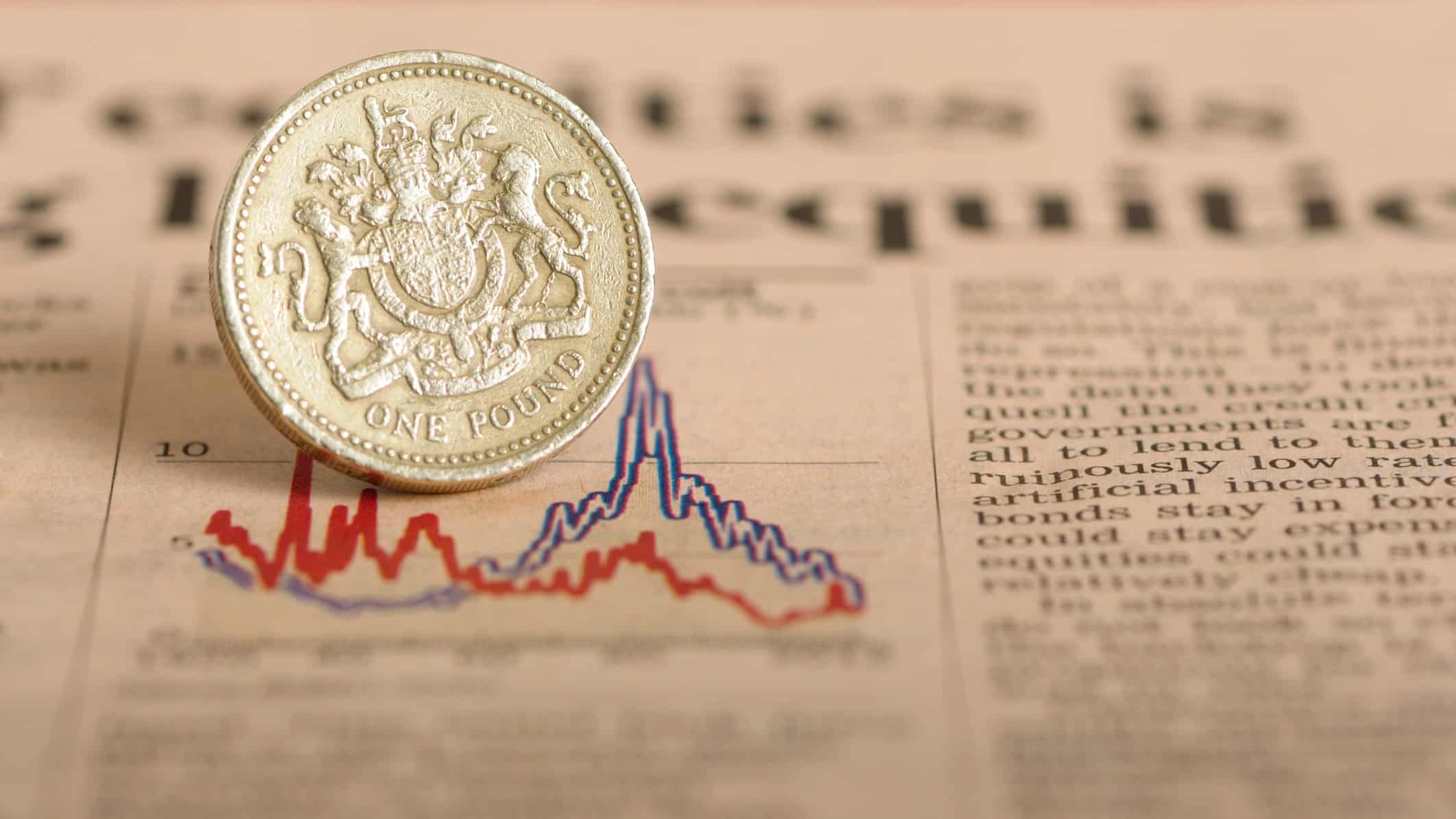
Image source: Getty Images
Shares on the FTSE 100 were mostly red on 2 October following tragically escalating tensions in the Middle East.
JD Sports and Severn Trent were among the most affected, falling 5% and 3.5%, respectively. But not every price fell. Two stocks that closed higher yesterday were insurance giant Prudential (LSE: PRU) and oil giant BP (LSE: BP).
Let’s have a look at what’s helping drive these outliers.
BP
When news first broke of the impending escalation, the price of brent crude oil soared 5%. The region accounts for approximately 31% of Earth’s oil, so any threat to the supply drives up prices. This is a common and unfortunate side effect of conflict in the area.
Naturally, this passed on to share prices in major oil companies like BP and Shell. Yet for BP shareholders, it’s a small change in the long term. The growth did little more than recover losses from late September — the price is still down 13% year-to-date.
Whether the price will enjoy long-term growth depends on how well it balances the transition to sustainable energy. Aiming for green energy targets while remaining profitable is proving a challenge for BP.
Is it a buy for me?
With a forward price-to-earnings (P/E) ratio of 4.37, it looks sufficiently undervalued to me. Shell is slightly less so, with a forward P/E of 8.5. Supply issues aside, the cyclical nature of oil means the industry could be set for growth in 2025.
Until then, the 5.65% dividend yield makes the shares even more attractive. It’s been a solid dividend payer for years and shows no signs of weakening. It currently pays 23p per share and is forecast to rise to 26p by 2026.
But the demands of energy transition coupled with the ongoing conflict make BP’s future unpredictable. As such, I’m not looking to buy more shares today. However, I’m happy to hold the ones I have.
Prudential
In late August, Prudential released its first-half results, with new business up 8% and adjusted operating profit up 9%. It increased its interim dividend to 6.8c per share and bought an additional 22m shares in its $2bn share buyback programme. It also announced a strategic partnership with Bank Syariah Indonesia, aiming to strengthen its presence in the growing Islamic insurance market.
But it wasn’t all positive. Revenue and profit margins fell 1.7% and 17%, respectively, resulting in an 80% fall in profit after tax. The shares fell 6.8% in the week following the announcement but have fully recovered and increased 18% since. However, it still faces a significant risk from macroeconomic uncertainty in Asia, particularly its large customer base in Hong Kong. Price increases in certain Asian markets have also proven unpopular and could threaten revenue.
On the list
Looking at fundamentals, Prudential is undervalued by 57% based on cash flow estimates and has a decent forward P/E ratio of 11.6. The share price has already recovered almost 20% since early September and I expect it will continue.
Earnings are forecast to reach £2.76bn by 2026 and analysts on average expect a 58% price rise in the next 12 months. I spoke about buying the shares a month ago and now I regret delaying. So they’re firmly on my list for the next buying round.













